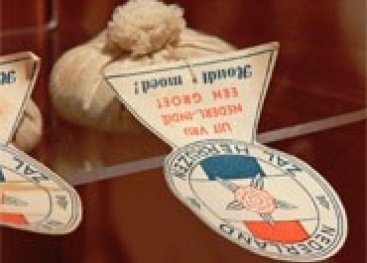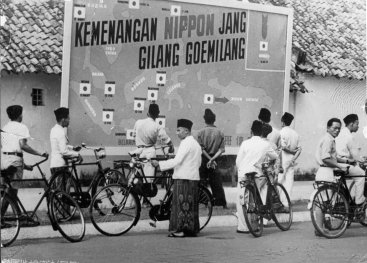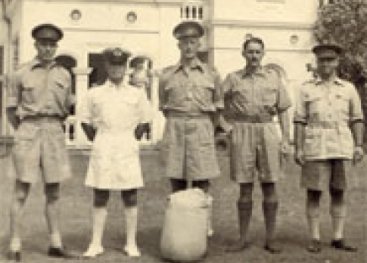
The pre-war Dutch East Indies
Colonial society
The Dutch East Indies was a colonial society with huge class differences between various groups of the population. The top positions in companies, the army and the government were all occupied by white Dutch nationals. They ruled a large group of so called ‘inlanders’, indigenous peoples who lived mainly in the countryside and were predominantly Muslim. This was made up of a wide range of peoples. In this site, they are all referred to as Indonesians.

Dutch, Dutch East Indian, Chinese, Indonesians

Somewhere in between the white Dutch and the Indonesians were the Dutch East Indians, also often referred to as Indo-Europeans. They were the children of marriages between Dutch men and Indonesian women. Officially they were Dutch, but they were often less well educated and not seen as equals by many white people. Skin colour played an important role: the lighter the skin, the higher the status. Most Dutch East Indians considered themselves to be Dutch, while some felt closer to their Indonesian background. There was also a large group of Chinese people in the Dutch East Indies, and they were traditionally active in trade.
60,000 white Dutch
200,000 Dutch East Indian (also: 'Indo-Europeans' or 'mixed race’)
1,200,000 Chinese (also: 'foreign Orientals’)
60,000,000 Indonesians (also: ‘inlanders’ or 'natives’)
The Dutch East Indies comprised five large islands and about 30 groups of islands. Total area: 2 million km2 52 times bigger than the Netherlands.
“We visited each other at the plantation. There was a clubhouse too, where you could play tennis or swim. Once a week there was a film show, and we would drink beer or whisky and soda afterwards. We had a gramophone for the music. The women didn’t have much to do because of all the servants. They painted and embroidered. In the mornings they would play mah-jong or bridge.”
Dutch national
"My mother glorified everything European. What wasn’t European was of a lower order. Even the presence of ‘inlanders’ in the street was a blot on the prized European street scene. Many Dutch people adopted a very special tone of voice when talking about the Netherlands.”
Dutch East Indian
“As a small boy, I was raised for several years by my Sundanese grandparents at a company. All ‘inlanders’ were obliged to crouch by the side of the road if a white administrator came by in his car. I was still a ‘katjong’, a boy, and didn’t crouch. The administrator caught me and called me a pig.”
Indonesian
Nationalism

Dutch East Indies Army.
Many Indonesians were unhappy about colonial rule. A group of Indonesian nationalists wanted an independent Indonesia. But there were also those who were loyal to the Dutch, such as the Moluccans. They had become Christians, and many served in the Royal Dutch East Indies Army (Koninklijk Nederlands-Indisch Leger, KNIL).

